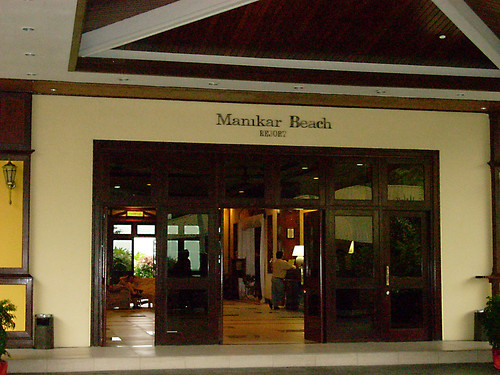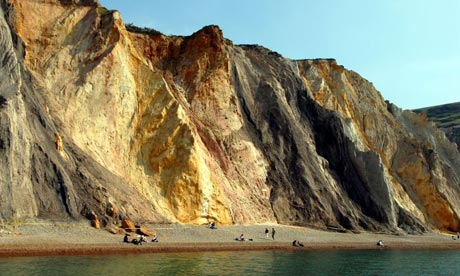 American
Association of Petroleum Geologists
American
Association of Petroleum Geologists
An International Geological Organization
Mail: P.O. Box 979, Tulsa, OK 74101-0979 USA w 1444 South Boulder, Tulsa, OK
74119 USA
December 1, 2012
Curtin University of Technology,
Sarawak Student Chapter of AAPG
Welcome to the AAPG Student
Chapter Program:
Dear
Mohd Suhaimi, Dr. Nagarajan Ramasamy, and members of the Chapter:
I want to welcome your
university into the AAPG Student Chapter Program. At AAPG we want all of our Student Chapters
to be successful and prominent in their leadership roles within their
university.
To maintain active status, a Student Chapter must submit a current
list of all AAPG student members that are a member of your university student
chapter (please include full name and member #) at the beginning of each school
year. A list of officers is required at
this time as well. I also need reports
on the activities your group participates in.
The requirement is two reports, one in December and the other at the end
of the school year in May or June. Keep
updated with the latest news about AAPG Student programs by subscribing to the
Student Outlook blog at: http://blog.aapg.org/students/
You may wish to take
advantage of e-mail access by forwarding me chapter news updates at: students@aapg.org.
The following web-site http://students.aapg.org is the
official AAPG Student Chapter web-site. This site contains all of the details
about the program. If you have any
questions please refer to the web-site, and if you have difficulty in locating
the information you need, please do not hesitate to let me know. You
might pass along this information to your student chapter members.
Addendum to the Faculty Advisor:
As you
know, the purpose of this Association (AAPG) is to advance the science of
geology, especially as it relates to petroleum, natural gas, and other energy
mineral resources; to promote the technology of exploring for, finding, and
producing these materials from the earth; to foster the spirit of scientific
research throughout its membership; to disseminate information relating to the
geology and the associated technology of petroleum, natural gas, and other
energy mineral resources; to inspire and maintain a high standard of
professional conduct on the part of its members; to provide the public with
means of recognition of adequately trained and professional responsible
petroleum geologist; and to advance the professional well-being of its members.
A
strong student program, both graduate and undergraduate is a vital part of the
Association. Additionally, student chapters also provide a means of
contact with the geological profession both inside and outside of academia.
That
contact, facilitated through the Student Chapter Program, is of benefit to the
AAPG, to the university, and to students.
Each
student chapter must choose a faculty advisor and this is the role that AAPG
wishes you to take on. The faculty advisor must be an Active or Associate
member of AAPG and will serve as the liaison between AAPG and the Student
Chapter. Additional duties of the Faculty Advisor are to be aware of the
Constitution, Bylaws, and Rules of AAPG and assure the Chapter’s adherence to
them; to assure that the Chapter prepares and delivers their reports to
Headquarters as per the schedule; and to be a repository for the Chapter’s
records. The success (or failure) of a Student Chapter is often related
to the participation (or lack of) of the faculty advisor. Even the most
energetic of Student Chapter Presidents need the support and encouragement of
the faculty advisor. When selecting your advisor(s) we suggest you talk with
them beforehand such that they may be aware of, and be willing to accept the
responsibility.
Addendum
to the President:
I
realize that it is difficult to balance the many hats we have to wear and to
keep our priorities in proper perspective--juggling school, work, family, and
extracurricular activities.
At
the same time, I hope you will look upon your position as President of your
Student Chapter as a wise career choice that enhances your leadership
abilities, which will contribute to the future of your profession.
It
only takes a few simple steps to assure the success of your Chapter:
1)
Set goals that are specific and realistic.
2) Hold meetings regularly.
3) Follow up with a note to me to maintain a
high level of communication at AAPG.
In doing so you’ll find efficient
communication with AAPG to be beneficial.
You will also be able to maintain your active status, which ensures
continued receipt of any new turn of events here at AAPG.
I am glad for the opportunity to work with
you. Remember that I am here to help you
attain your goals. If I can be of
assistance or offer you any encouragement, please call me.
Sincerely,
Mike Mlynek Assistant
Manager, AAPG Member Services
Brian McBroom
Member Services Specialist, AAPG Member Services
Student Focus


















.jpg)
.jpg)
.jpg)











